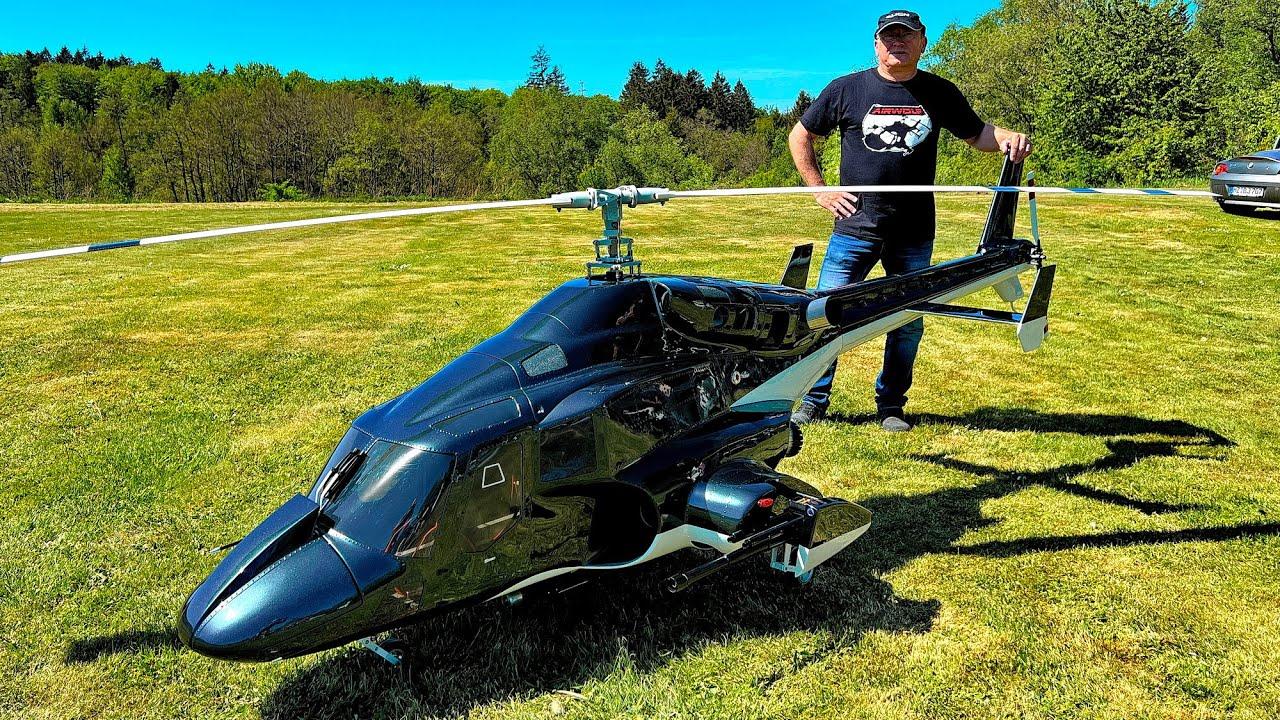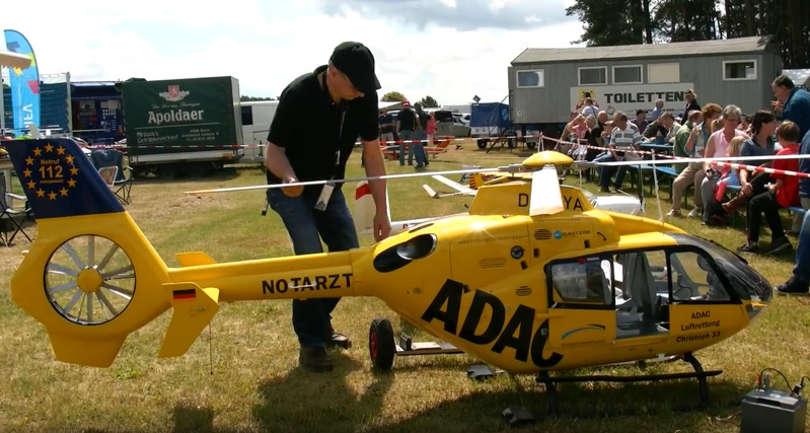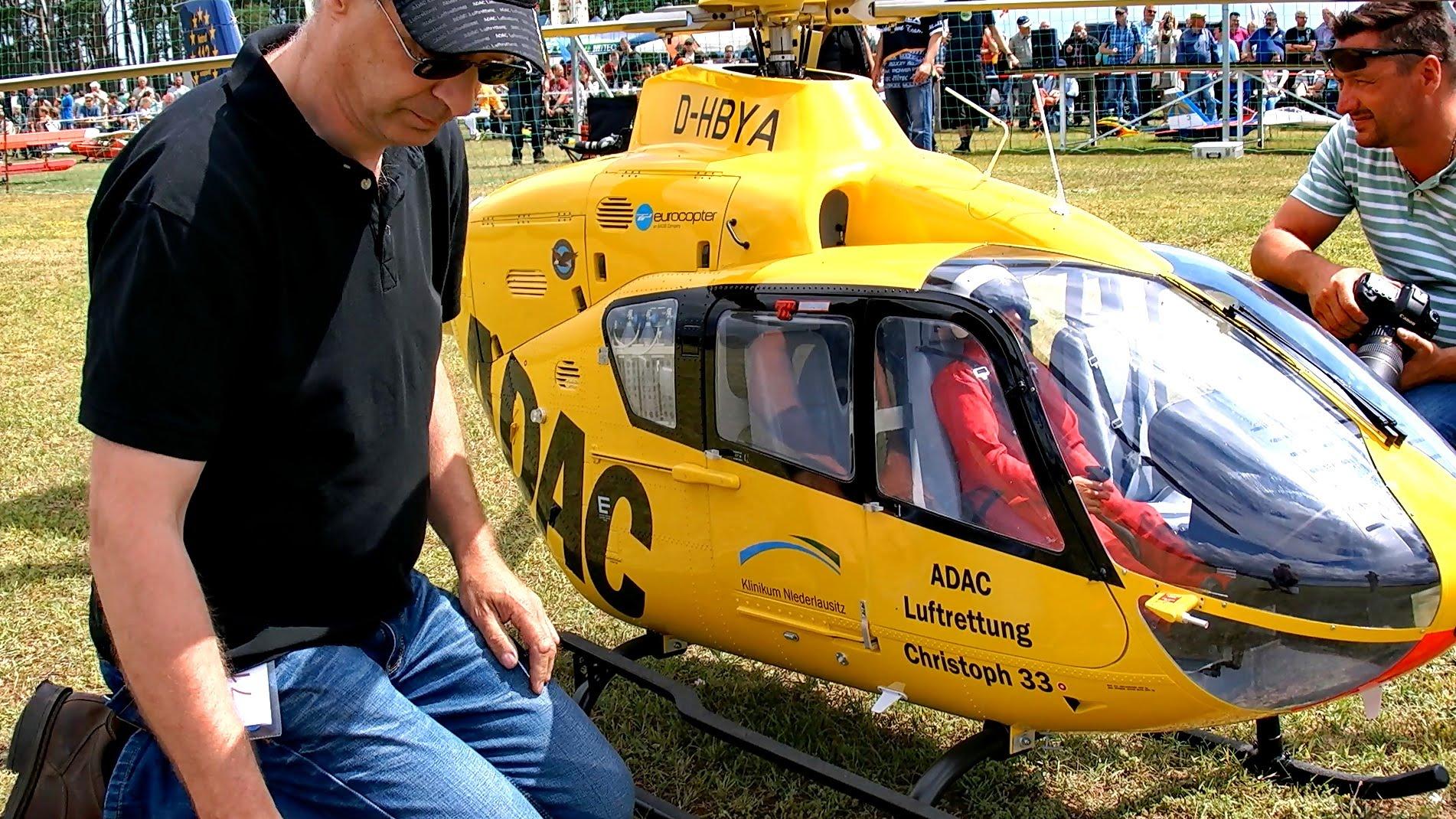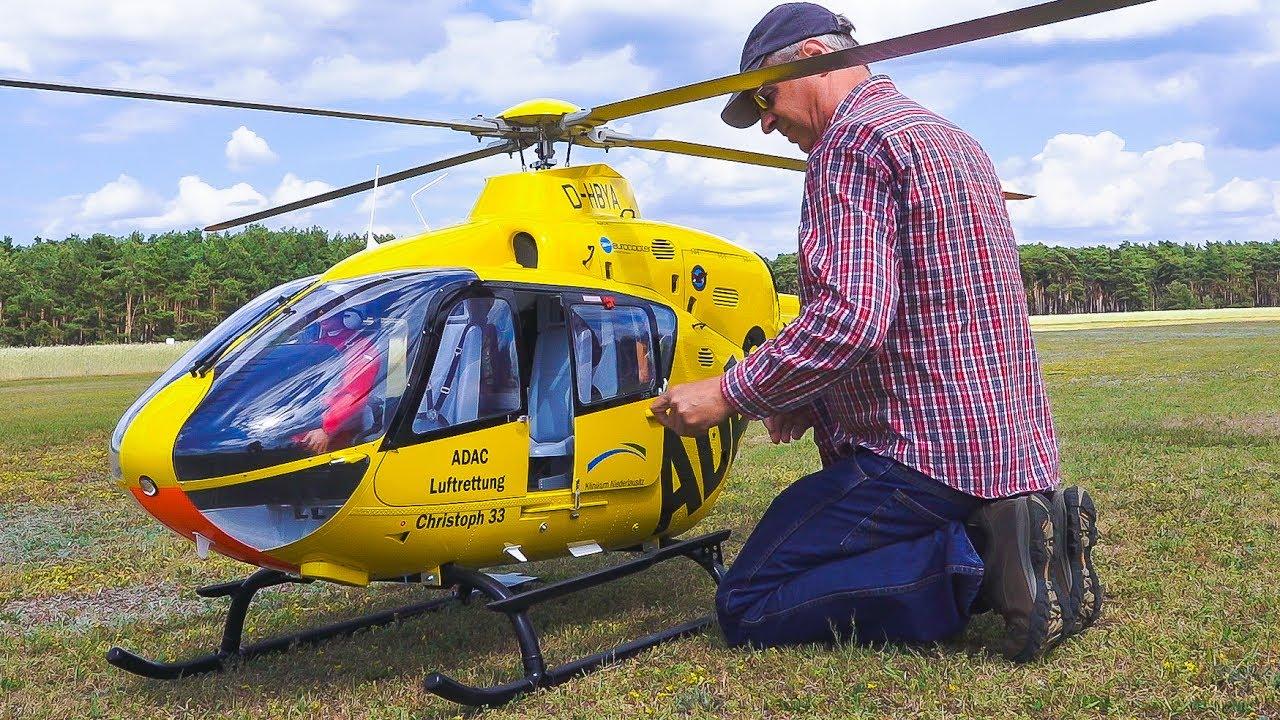World’s Largest RC Helicopter: Specs, Building Challenges & Future Technology Trends
Remote-controlled (RC) helicopters are a popular hobby among enthusiasts around the world. With a wide range of models available on the market, there is no shortage of options for those looking to get into the hobby. However, some RC helicopter builders and operators take things to the next level by creating large-scale models that are truly impressive in both size and capability. In this article, we’ll explore the world’s biggest RC helicopter and delve into the details of what makes it so special. We’ll look at its specifications, the challenges involved in building and operating it, and what the future holds for RC helicopter technology.
Massive, Imposing RC Helicopters.
- RC helicopters have come a long way since their origins in the 1960s and 70s, when primitive models were controlled by tethered radio controllers.
- Today’s models are much more sophisticated, with advanced GPS systems, high-resolution video cameras, and other features that allow for greater control and precision.
- However, building and operating large-scale RC helicopters is still a complex and challenging task, requiring specialized knowledge and technical skills.
- The process usually involves building custom frames, assembling complex electrical systems, and fine-tuning the helicopter’s balance and stability.
- Some of the biggest RC helicopters in the world can weigh upwards of 100 pounds and have rotor diameters of over 20 feet, making them truly imposing machines.
- One example of a massive RC helicopter is the CH-47 Chinook, which is modeled after the real-life military transport helicopter of the same name.

What technical skills are required for building and operating large-scale RC helicopters?
Technical skills required for building and operating large-scale RC helicopters include knowledge of aerodynamics, mechanical engineering, electronics, and flight control systems.
Meet the Avatar-200: The World’s Biggest RC Helicopter
The world’s biggest RC helicopter is currently the Avatar-200, a massive model with a rotor diameter of 20 feet and a height of 12 feet. The Avatar-200 is powered by two turbine engines and can fly for up to 20 minutes on a single tank of fuel.
It has a maximum takeoff weight of 160 pounds and can carry up to 45 pounds of additional payload, making it capable of lifting heavy equipment or even people. The Avatar-200 was developed by Skyworks Global, a company based in Oklahoma that specializes in advanced rotorcraft technology.
Here is a comparison table of the Avatar-200 with other models:
| Model | Maximum Rotor Diameter | Maximum Weight | Flight Time |
|---|---|---|---|
| Avatar-200 | 20 feet | 160 pounds | Up to 20 minutes |
| CH-47 Chinook | 18.5 feet | 220 pounds | N/A |
| AgustaWestland AW109 | 12 feet | 50 pounds | Up to 10 minutes |
If you are curious about this amazing model, you can learn more about it by visiting Skyworks Global’s website.

What other RC helicopter models are compared to the Avatar-200 in the table provided?
The table provided compares the Avatar-200 with the following RC helicopter models: Blade 120SR, E-Flite Blade mCX2, Syma S107, and Walkera Mini CP.
Mastering the Skill of Building and Operating the World’s Biggest RC Helicopter
- Building and operating the world’s biggest RC helicopter requires a significant amount of skill and experience.
- The process involves designing a custom frame, installing the engines and rotor system, and ensuring that the electronics and controls are functioning properly.
- In addition to technical challenges, builders must also consider safety considerations and regulatory requirements for flying such a large RC helicopter.
- There are many online forums and resources available for RC enthusiasts who want to learn more about building and operating large RC helicopters.

What safety considerations and regulatory requirements are there for flying a large RC helicopter?
Safety considerations and regulatory requirements for flying a large RC helicopter include obtaining proper training and certification, following manufacturer guidelines, adhering to airspace regulations, avoiding crowded or populated areas, maintaining visual contact with the drone at all times, and equipping the drone with appropriate safety features such as GPS tracking and fail-safes. Additionally, the drone may be subject to registration and licensing requirements depending on its size and intended use.
Advancing RC Helicopter Technology
- The future of RC helicopter technology looks promising, with new advancements in materials, electronics, and control systems.
- Manufacturers are investing in research and development to create better, more powerful RC helicopters that can perform a wider range of tasks.
- One area of innovation is in the use of drones for commercial and industrial purposes, such as aerial photography, mapping, and surveillance.
- There are also many exciting new products and accessories being released for RC hobbyists, such as improved batteries, cameras, and other electronics.
Possible modification:
The future of RC helicopter technology is exciting, with manufacturers investing in research and development to create more powerful and versatile RC helicopters that can perform various tasks. One area of innovation is the use of drones for commercial and industrial purposes, such as aerial photography, mapping, and surveillance. DJI’s Phantom 4 Pro V2.0 is a remarkable example of such technology, featuring 20 MP camera, 3-axis gimbal, 4K video, 30-minute flight time, and obstacle avoidance. For RC hobbyists, there are always new accessories and upgrades to try, such as high-performance batteries and cameras that can capture stunning footage from the air.

What new accessories and upgrades are being released for RC hobbyists in relation to RC helicopter technology?
There are various new accessories and upgrades being released for RC helicopter technology, including advanced flight controllers, upgraded motors and batteries, high-quality cameras and gimbals, and improved GPS systems.
The future of the RC helicopter industry is likely to be shaped by new technologies and changing industry trends. As the use of drones becomes more widespread for commercial and industrial purposes, we can expect to see more innovation in the design and capabilities of RC helicopters. Additionally, the increasing popularity of the hobby is likely to lead to new, specialized products and accessories for hobbyists. However, there may be challenges facing the industry, such as safety concerns and regulation around the use of drones for commercial purposes.
Despite these challenges, the future of the RC helicopter industry looks bright, with a growing community of hobbyists and enthusiasts. This is supported by the increasing availability of resources and information online, including forums, websites, and online retailers. Whether you are a beginner or an experienced RC hobbyist, there has never been a better time to get involved in this exciting and rewarding hobby.
Conclusion
As the market for RC helicopter technology continues to grow, there is incredible potential for new products and advancements in the industry. The possibilities for customization, innovation, and exploration within this hobby are virtually limitless, and hobbyists of all levels can take part in the fun. With the continued development of new technologies and capabilities, the future of the world’s biggest RC helicopter will surely be even more impressive than anything we have seen before.
